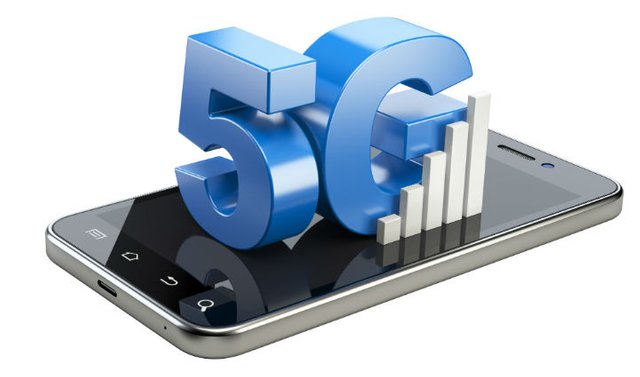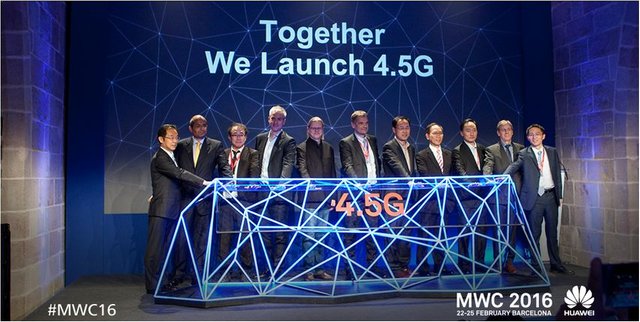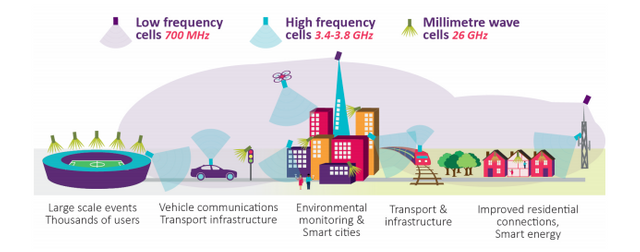
The key for faster mobile communications and the ground for 5G has been out for purchase in auction since late 2016 in Europe, in most places its been very hands on without any delays, except for Sweden (ofcourse!).
The 700MHz band is used as communication for the police, fire departments and hospitals within Sweden and because of the unsure stability of releasing these frequencies within the 700MHz band, the Swedish Post and Telecom Authority (PTS) decided to abort the auction in late 2016. The 700MHz band is also used for the older version of television communications, which probably have to be removed entirely to leave space for the mobile data communications. The goverment together with PTS had to make agreements with what spectrums that would be used and for what before it could go out on auction again.
After almost half a year they now have came to an agreement, and the frequencies are now out for internet service providers to buy once again.
So what good will it do for the mobile data communications? Well, compaired to 800, 900 , 2100 and 2600, the 700MHz can send less amount data than the mentioned, but can travel way further, it also has the ability to easier go through walls at homes, which helps alot for people using it at home. The band will also be used with the new MIMO (Multi Input Multi Output) technology which helps phones, tables, modems with more antennas to recieve data on all frequencies at the same time! Using MIMO will bring the internet speeds up with almost 10-times from 40Mbit/s to 400Mbit/s - this evolvement for most ISP:s is called 4.5G, LTE-A or LTE-Advanced.

The frequency will also be the ground pillar for the next generation of mobile communication, called 5G. Because of the short range that the GHz-band has - it will require alot of stations to cover big cities, but what if you want 5G outside of the city or where the stations cant reach you? There is where the 700MHz comes in! Since it has a longer range it will help cover the areas where the GHz cant reach - some what of a overlap until the next station can reach you again.
